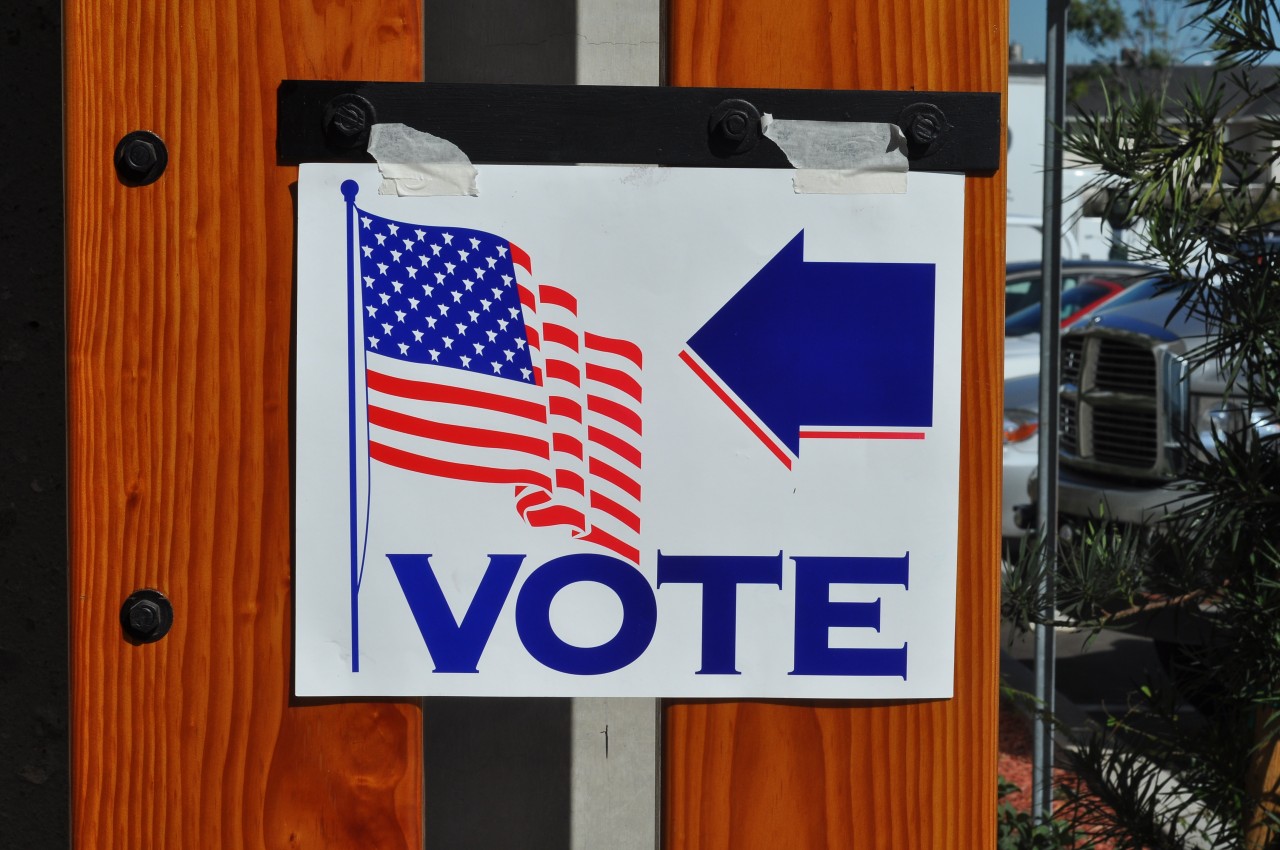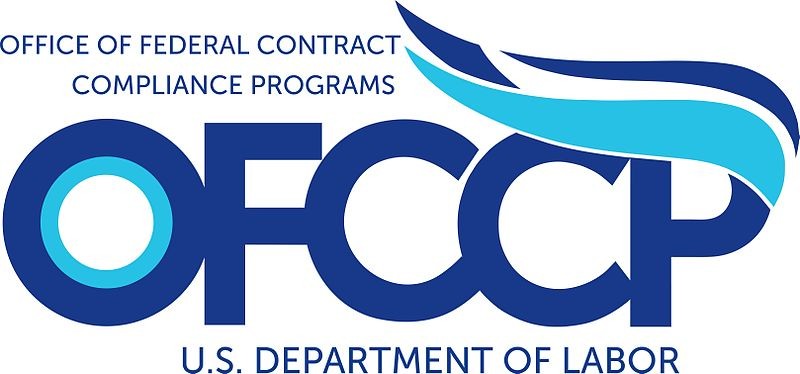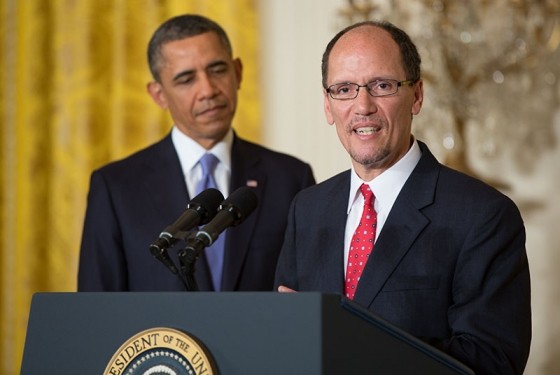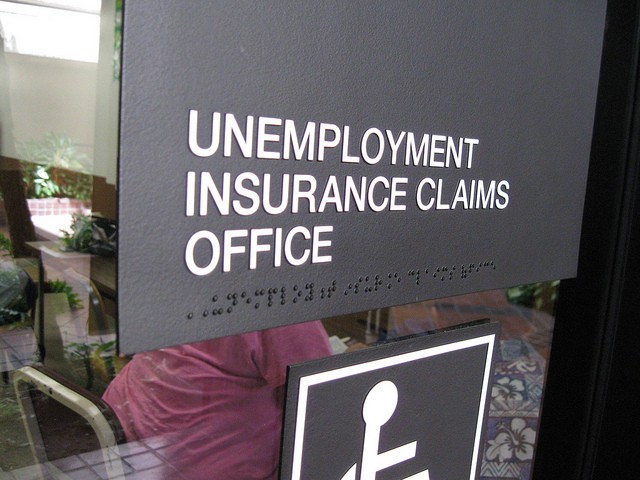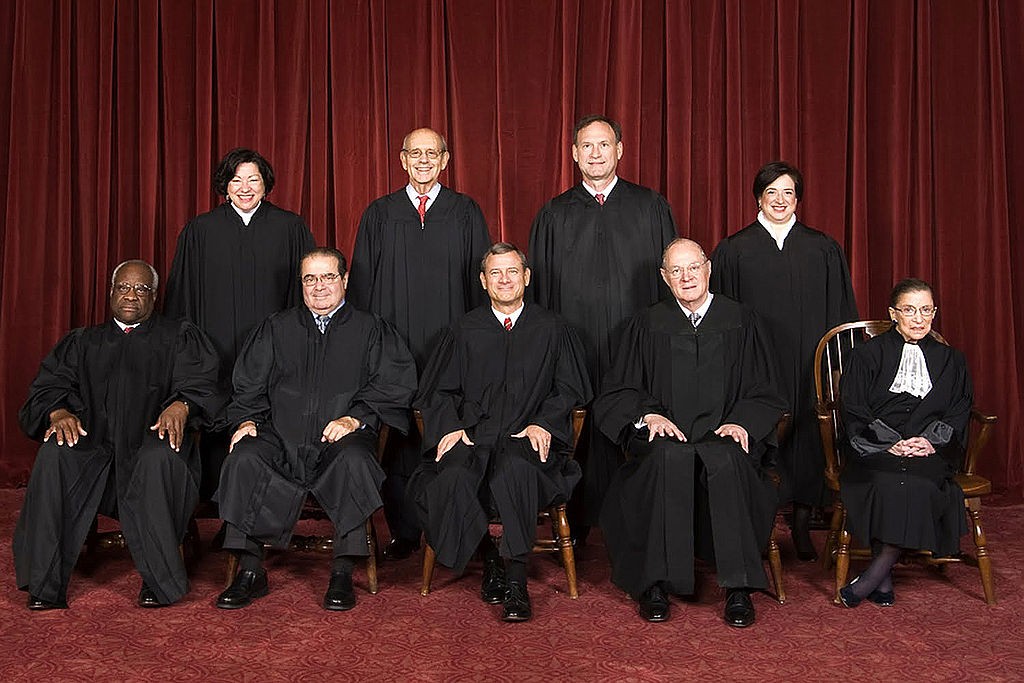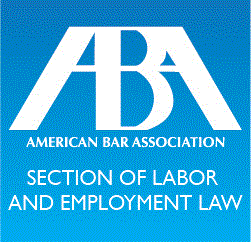With the primary less than a year away, and candidates from both parties launching their campaigns, many American are beginning to turn attention towards the 2016 elections. Despite the mass of attention the process will attract, many voters are unaware of their state’s policy towards providing time off to vote.
New Hampshire employers aren’t obligated to give their workers time off to vote, there are options for NH voters. Employees who must either be physically present at work or in transit to or from work during polling hours have the right to vote by absentee ballot.
New Hampshire is one of 20 states without a specific law addressing voting leave from work. Most states do have some policy towards voting leave from work, including the 23 states that mandate paid time off for voting.
Voter turnout in the U.S. has underwhelmed in recent years, and understanding your rights is an important step towards making it to the polls. Democracy works best when citizens engage in the political process, and most of all, vote!
Photo courtesy of Wikimedia user Tom Arthur under a Creative Commons Attribution Share-Alike 2.0 Generic License.


